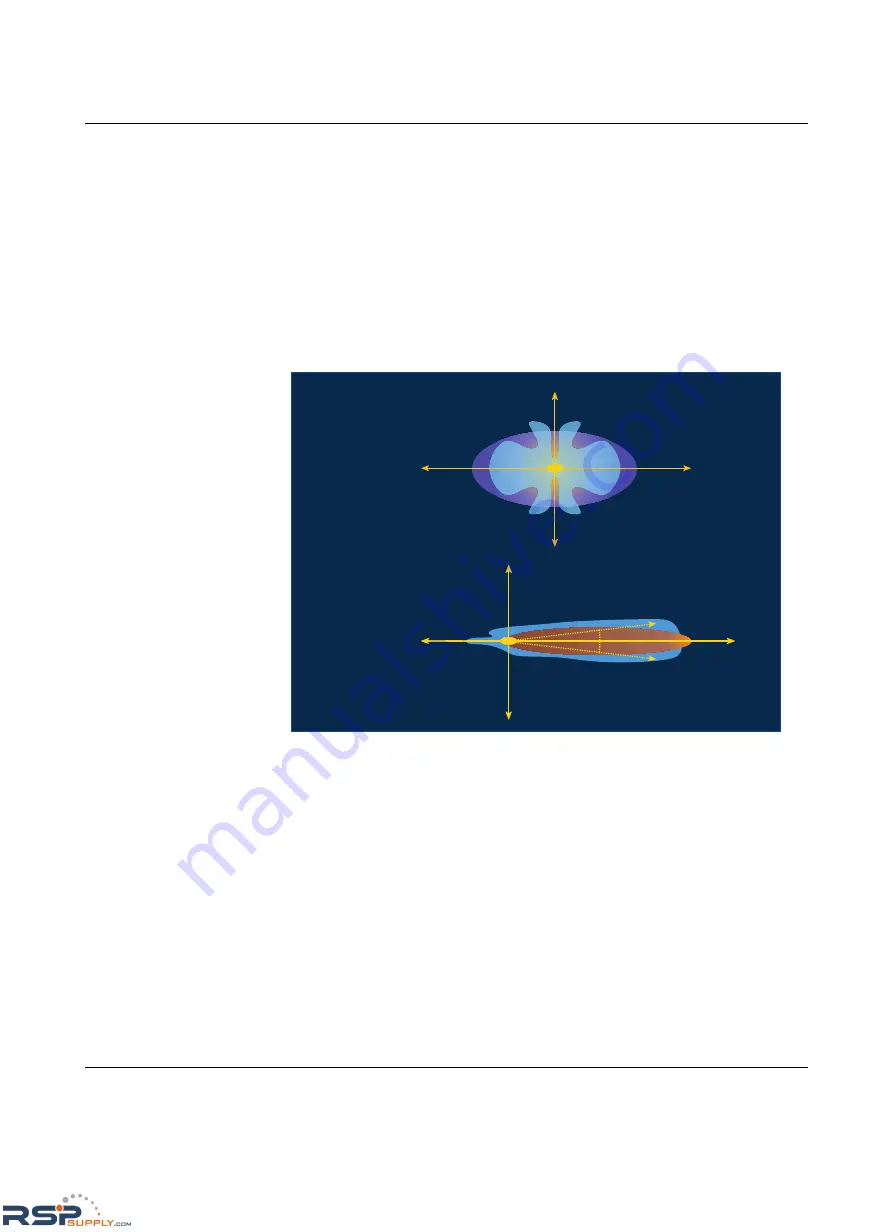
RAD-ISM-900-EN-BD…
2-4
PHOENIX CONTACT
2476_en_I
2.4
Antennas and Cabling
The single most important item affecting radio performance is the antenna system. Careful
attention must be given to this part of an installation, or the performance of the entire system
will be compromised. Quality high-gain antennas should be used at all stations. The
antennas should be specifically designed for use at the intended frequency of operation and
with matching impedance (50
).
Antennas are made by several manufacturers and fall into two categories: omnidirectional
and yagi directional (see Figure 2-1). An omnidirectional antenna provides equal radiation
and response in all directions and is, therefore, appropriate for use at master stations which
must communicate with an array of remote stations scattered in various directions.
Omnidirectional antennas should also be used where clients will be mobile.
Figure 2-1
Omni and directional antenna performance characteristics
At remote-fixed stations, a directional antenna, such as a yagi antenna, is typically used.
Directional antennas confine the transmission and reception of signals to a relatively narrow
beam width, allowing greater communication range, and reducing the chances of
interference from other users outside the pattern. It is necessary to aim these antennas in
the desired direction of communication, i.e., at the master station.
The end of the antenna (farthest from support mast) should face the associated station.
Final alignment of the antenna heading can be accomplished by orienting it for maximum
received signal strength.
Vertical
Tran
s
mit and
Receive Range
YAGI
Directional Antenna
Vertical
Aperture Angle
Horizontal
Aperture Angle
OMNI
Round Reflector Antenna
RSPSupply - 1-888-532-2706 - www.RSPSupply.com
http://www.RSPSupply.com/p-12970-Phoenix-Contact-2900016-Radio-900-MHz-Ethernet-Radio.aspx















































